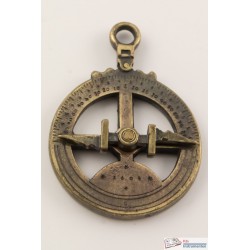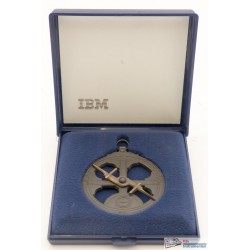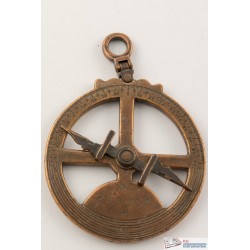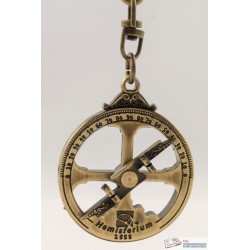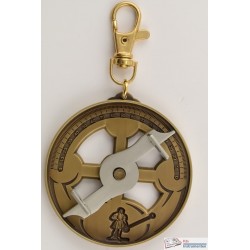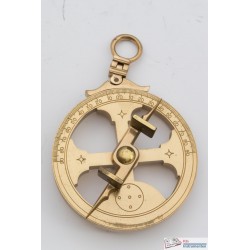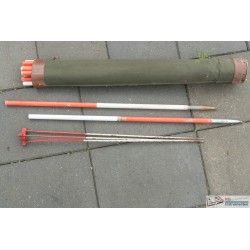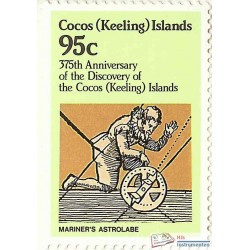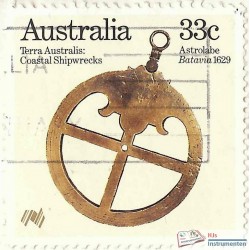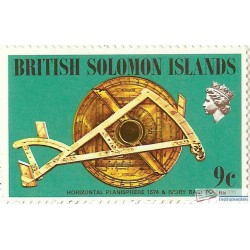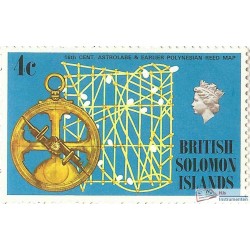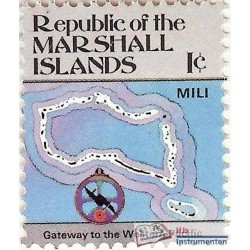Subcategories
-
Quadrant & Astrolabe
The quadrant and astrolabe are instruments that go back a long time. Both have their origin in landsurvey and astronomy where they were used for measuring vertical angles. Both instruments use gravity as a reference. However, where the quadrant uses a plumb bob that slides along a scale (requiring the instrument to be held exactly vertical), the astrolabe uses an alhidade or pointer that rotates along a scale that is kept vertical by its sheer weight. All astrolabes in my collection are of the nautical type, i.e. they cannot do any elaborate astronomical computations. All instruments in my collection are either models or replicas as these instruments are very hard to find and if found are very expensive.
-
Staff
The staff is used to measure angles, usually vertical for astronomy and land surveying. There are many variations of this type of instrument as shown by Nicolas de Hilster in his dissertation ('De Hilster, Navigation on Wood, 2018'). They were used in navigation for positioning together with the sun and stars. In land survey some were used to measure vertical angles. All instruments in my collection are either replicas or models.
-
Alhidade
The alhidade (or alidade) is not a true angle measuring instrument but rather a drawing tool allowing horizontal angles to be directly plotted in the field on e.g. a plane table. As most alhidades also have a vertical circle to measure height differences (and sometimes a tachymeter to measure distances) they are included into the angle measuring instruments.
-
Squares
An optical square is a device which displays a fixed angle, usually 90 degrees between two objects (or 2 times 90 degrees between three objects). The plumb level is a special form as it gives the angle relative to the vertical. The most common of the squares is the hexagon or pentaprism giving one or two right angles for staking out. Also included are the equerre and pantometer that both uses a series of slits setting out 45 and 90 degree angles. Finally the roof and zenith plummets can be considered optical squares as they measure exactly vertical (and nothing else).
Most optical squares in my collection are pentaprism instrumetns from Wild Heerbrugg.
-
Clinometer
The clinometer uses a level bubble to determine the local horizontal and then measures the angle (or slope) relative to that local horizon. A special version is the plumbing level that is essentially a clinometer set to 90 degrees allowing it to measure exactly up or down. This is a usefull feature when building for example a tall building that needs to be straight up. Clinometers are widely used in the artillery for setting the vertical angle of a (machine)gun. They are also used in surveying as a fast method of determining vertical angles without a theodlite.

